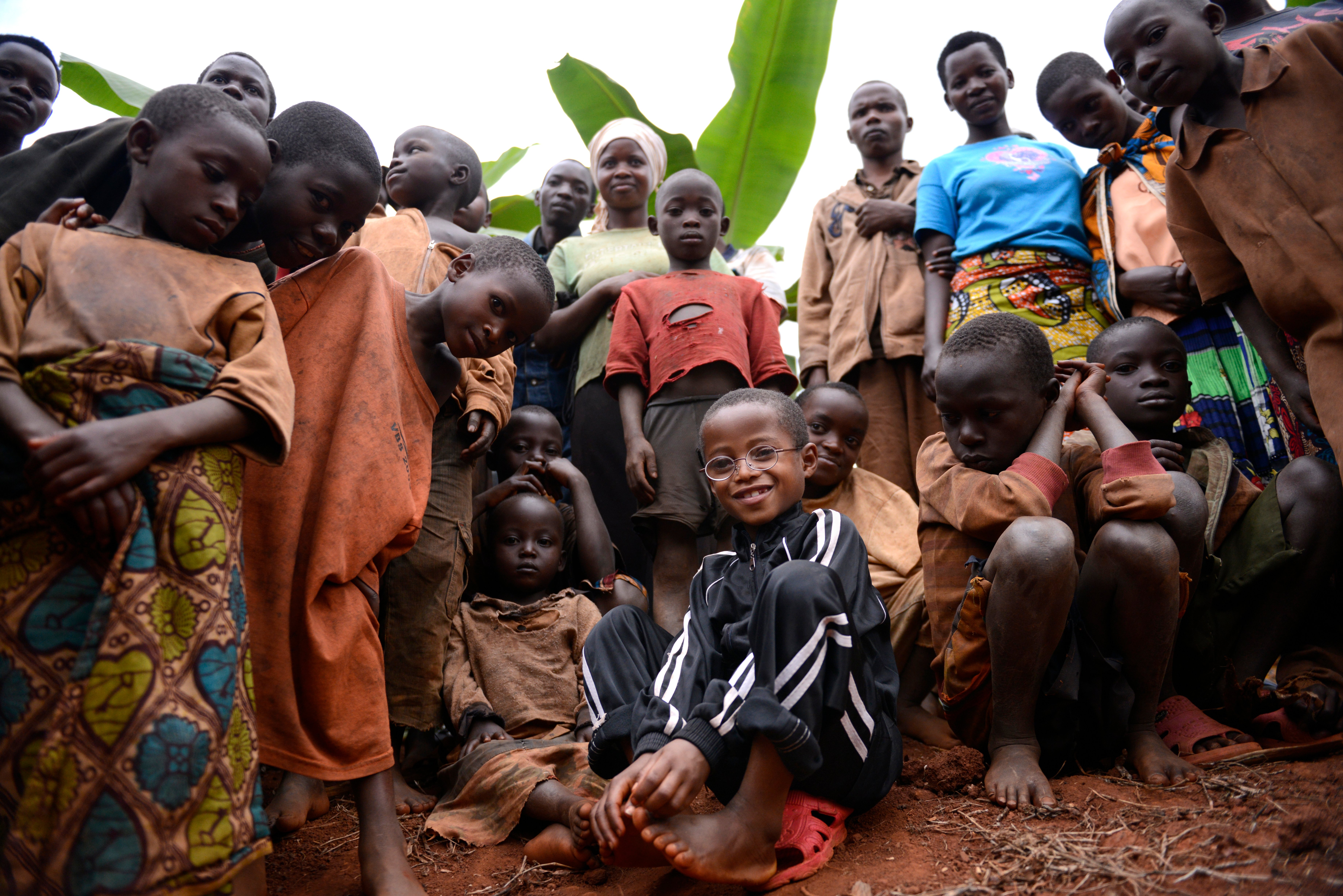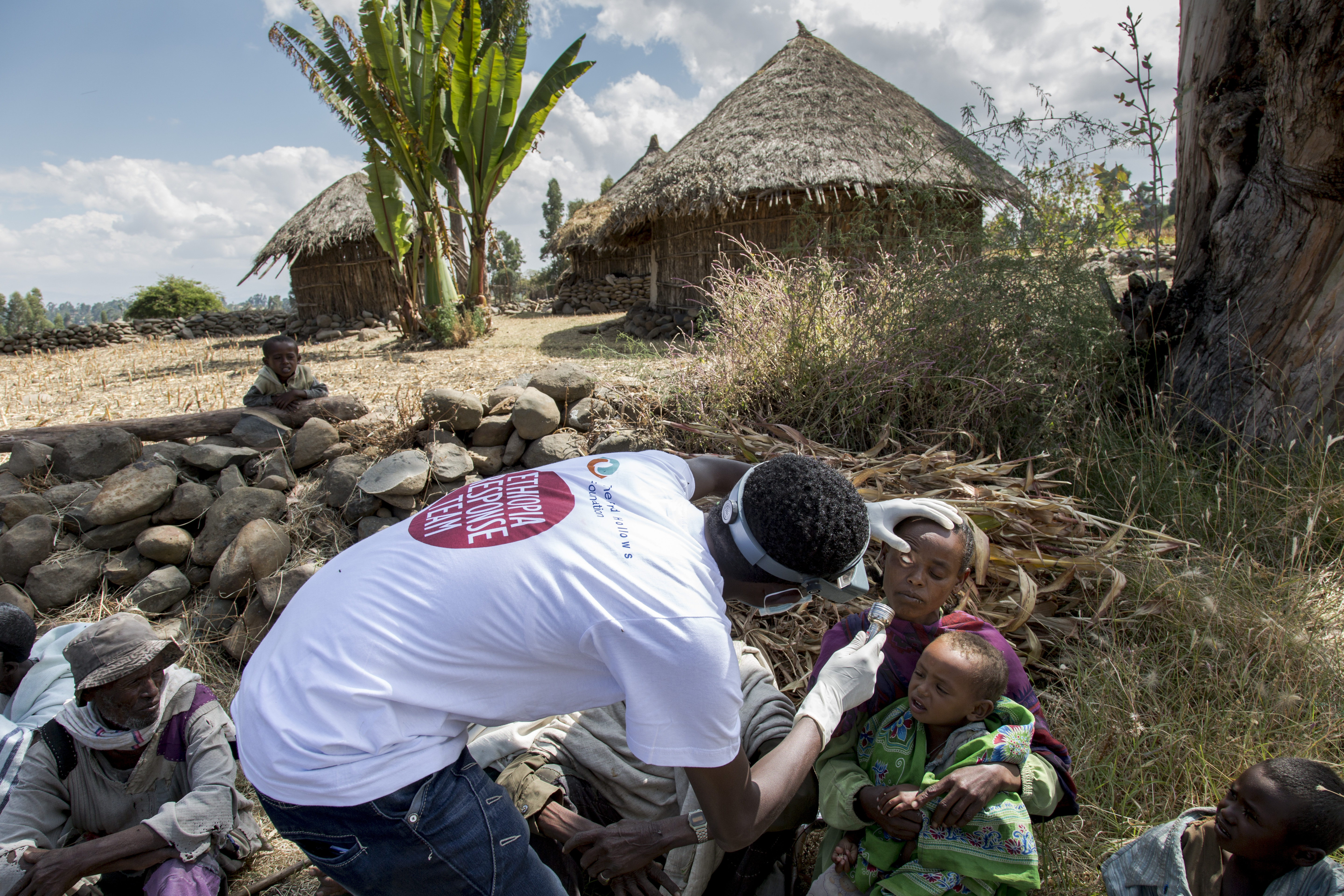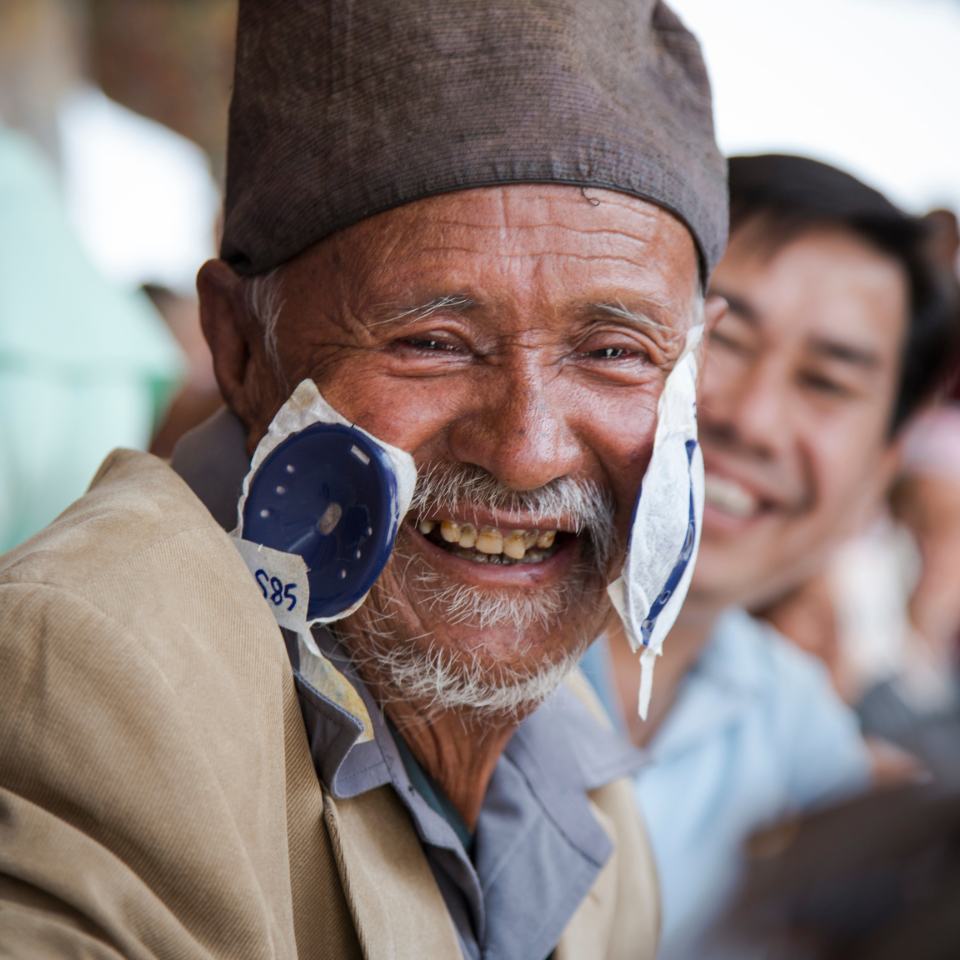The United Nations (UN) recognizes eye diseases as a major health burden for countries around the globe, with the greatest share of that burden falling on developing countries.
Most causes of vision impairment and blindness are considered non-communicable eye diseases, and the UN has a profound concern that they are among the leading causes of preventable morbidity and of related disability. Addressing blindness will also contribute to reducing premature death of adults and childhood mortality rates, as well as reducing a burden on the health care systems, as shown by studies we’ve undertaken.
With millions of people around the world living with blindness, and hundreds of millions living with moderate to severe visual impairment, the impact of vision loss is widespread.
Without concerted action, it is estimated that by 2050, there will be 115 million people living with blindness, with almost 90% of them living in countries where services are limited, where it is often difficult to access even the most basic tests and treatments.

And that’s why we work closely with our global partners such as the World Health Organization, International Agency for the Prevention of Blindness (IAPB), Sightsavers, and Vision 2020 Australia to generate widespread awareness on the extent of vision impairment and blindness around the world.
As well as generating awareness, it’s essential to invest in vision and support eye health care services in marginalized communities and developing countries.
Doing so will stimulate the broader economy, while bringing life-changing benefits to people in need and their carers.
A study conducted by PricewaterhouseCoopers (PwC) found that investing in vision is cost-effective and will help generations of people to come.
The study shows that for every $AU1 invested, there is a $AU4 economic gain, alleviating the impact of vision loss.

Giving people back their vision has tremendously positive outcomes for their employment prospects, finances, physical wellbeing, and mental health. When people are given the opportunity to join the workforce and earn wages, they are able to lift themselves and their communities out of hardship and financial distress.
That is why we are dedicated to reaching as many people as possible and restoring their sight.
Restoring sight in Ladakh
Dr Sanduk Ruit and his team restored sight to 268 people during an eye camp in Northern India, including 30-year-old Thinles. Thinles' vision had been deteriorating rapidly and she knew she would soon be completely blind. An eye camp run by the Tilganga Institute of Ophthalmology diagnosed Thinles with bi-lateral cataracts. Dr Sanduk Ruit was a good friend of Fred Hollows. Watch now to see her transformation.
